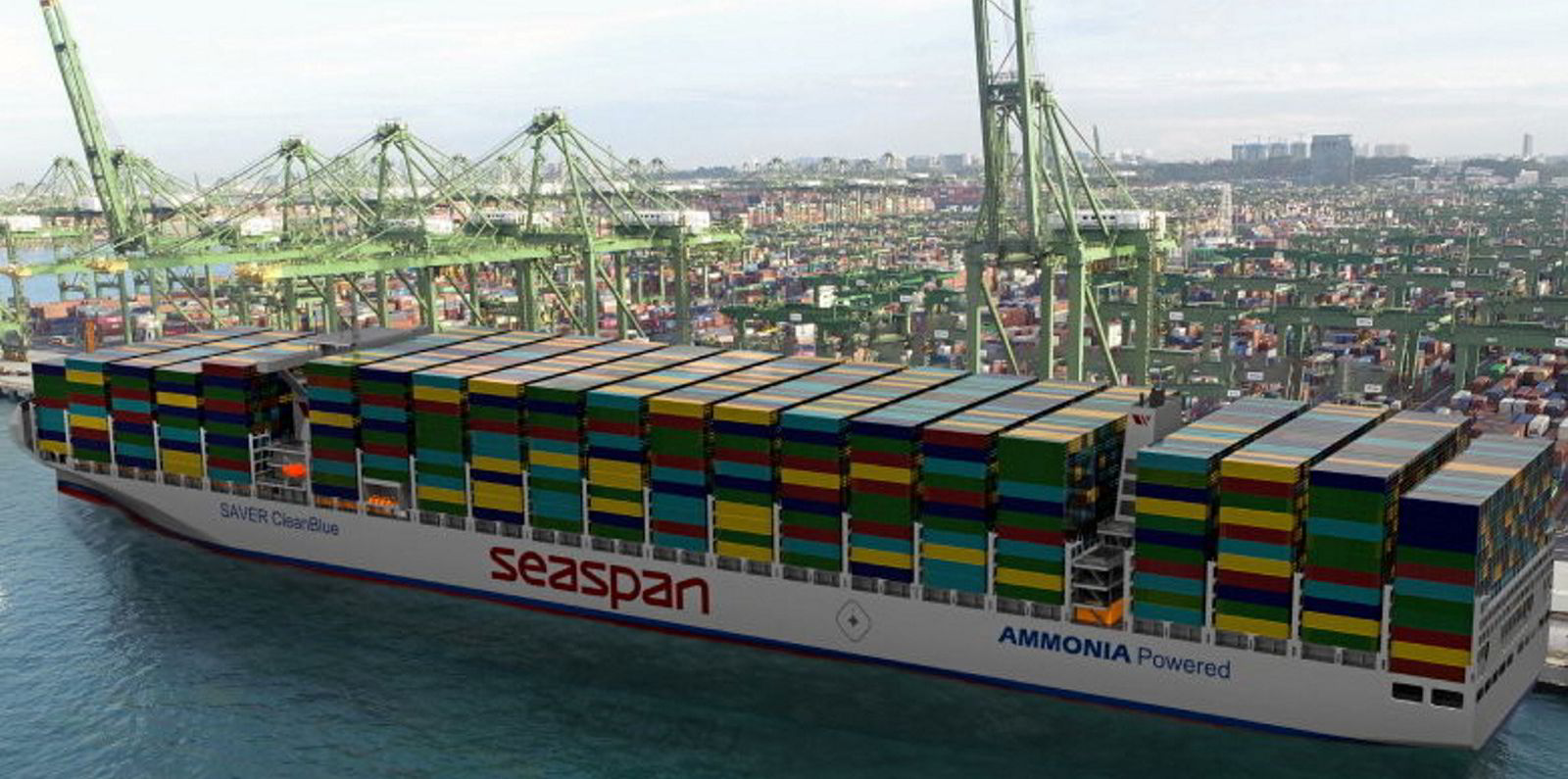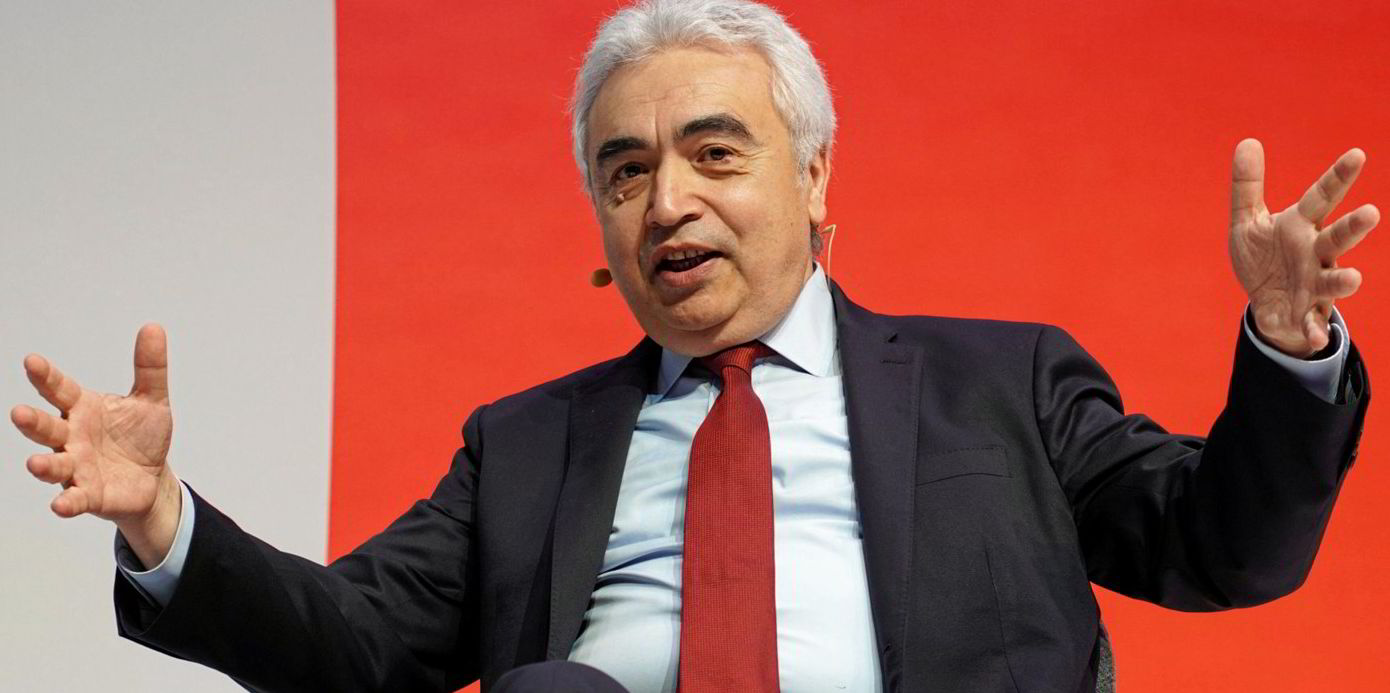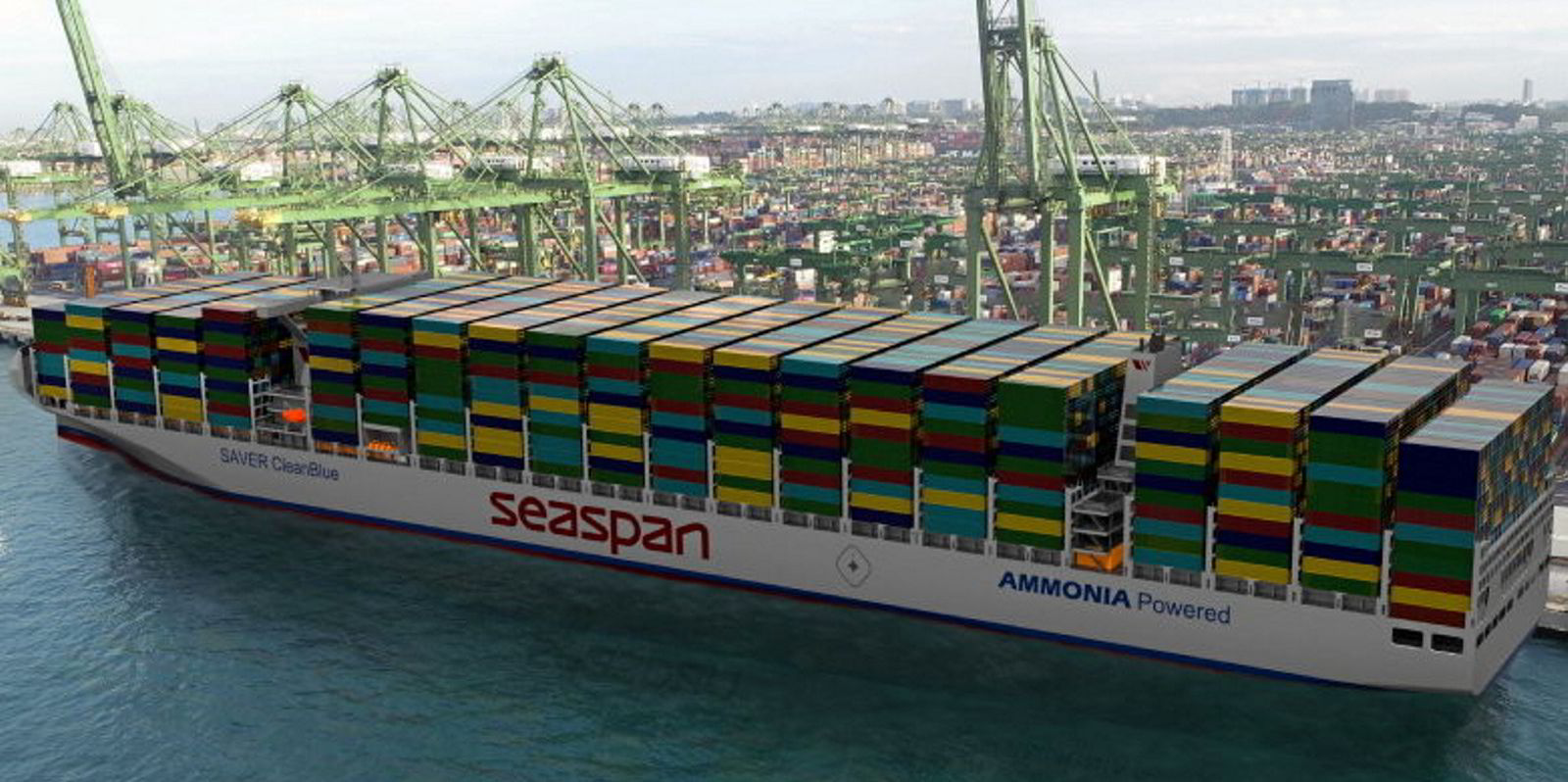Ammonia will emerge as the key shipping fuel if the industry is to hit its increasingly difficult target of reaching net zero emissions by 2050, according to an International Energy Agency (IEA) report.
The use of ammonia will increase dramatically over the next two decades to grab a 44% share of the shipping market under the ambitious timeline, said the IEA.
Biofuels and hydrogen will each grab 19% of the market, while methanol lags with just 3%, according to The Net Zero Roadmap: A global pathway to keep the 1.5C goal in reach.
“Ammonia is the primary low-emissions fuel used to decarbonise shipping, with the contributions from biofuels and hydrogen limited in large part by their relatively high costs,” said the report.
The scenario would mean a rapid escalation of ammonia’s share of the market from zero today to 6% in 2030, rising to 15% five years later, before claiming nearly half of the market by 2050.
It would mean an increase in orders of ammonia-ready vessels of about 20% per year from 2022 levels, according to the report.
But ammonia ships are not yet in operation. Large prototypes are being built and several major engine makers are in the final stages of developing two-stroke engines for commercialisation by 2025.
“While today there are no commercial ships operating on ammonia, engine manufacturers have successfully tested the technology, and around 150 ammonia-ready vessels were on order at the end of 2022,” said The Net Zero Roadmap. “These ships present an opportunity to rapidly develop the associated safety protocols.”

It said agreements would be needed between shipping operators and ammonia producers to bring supply and demand into line.
Concerns over the supply chain were raised by Japanese shipowners at a panel at the Gastech 2023 meeting this month — but they still said they are developing ammonia as a marine fuel.
The first big container ship running on ammonia should be on the water by 2030 at the latest, according to the authors of a design report this week.

Canadian tonnage provider Seaspan is working on an ammonia-fuelled 15,000-teu neo-panamax design with Foreship and the Maersk Mc-Kinney Moller Center for Zero Carbon Shipping.
But Ed Buttery, chief executive of Taylor Maritime Investments, warned that infrastructure for ammonia-fuelled vessels is “miles away”.
“Ammonia is expensive and dangerous,” he told TradeWinds.
The IEA report also highlighted how efficiency improvements, including wind assistance, will be vital to hitting the 2050 net zero target.
But it warned that maritime research and development has failed to increase much since revenues were badly hit by the Covid-19 pandemic.
That contrasts with the $130bn spending on energy research in 2022 by globally listed companies, an increase of 25% from two years earlier.
Despite the setbacks, the report said the path to net zero by 2050 has narrowed but is still achievable.
Fatih Birol, executive director of the IEA, said it is “too soon to give up on 1.5C” — the temperature rise from pre-industrial levels beyond which scientists say global warming will have calamitous impacts.
But he warned that governments have to set aside geopolitical differences to work together.
“Climate change is indifferent to geopolitical rivalries and national boundaries — in its causes and its effects,” Birol said in the report’s foreword. “What matters is emissions, regardless of which country produces them.”
Read more
- Ship size is going to matter due to ammonia’s limitations, designers say
- Seaspan tackles ‘huge concerns’ over ammonia container ship plans
- Alex Saverys ‘brave’ on new fuels, but solutions not there for smaller bulkers, says TMI
- Singapore-Rotterdam green corridor aims for 30% GHG emission cuts by 2030
- Maersk’s green methanol adventure — justified or just hype?





